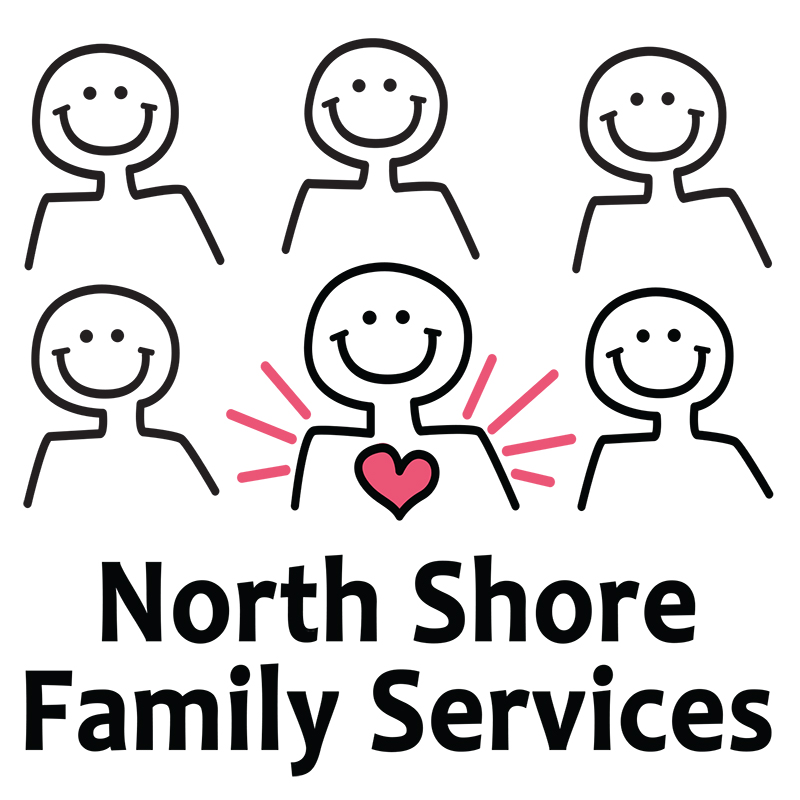
25 Aug Finding a Mindfulness Practice that Works for You
We always hear that self-care is important, and that we must take good care of ourselves before we can give our best to others (hence the emergency instructions on an airplane, to place your oxygen mask on first, before those around you). When it comes to our hectic schedules, lack of sleep, and juggling multiple responsibilities, when and how are we supposed to squeeze in “self-care?” It can often feel selfish, and unnecessary when our to-do list is a mile long. But there is a way to care for ourselves. There is a skill we can develop that is free, that does not have to take any extra time out of our day, and that is accessible 24/7. The concept is simple, but not easy. And it is a buzzword cruising around the internet, and in our check-out isles in the grocery story. The solution is to create a mindfulness practice.
What exactly is mindfulness? John Kabat-Zinn, who has pioneered the study and development of the Mindfulness Based Stress Reduction program, defines mindfulness as “paying attention in a particular way: on purpose, in the present moment, and nonjudgmentally.” What does this mean exactly? It means that our minds are often not present with our current experiences. When we ruminate on the past, we can find ourselves feelings depressed, and if we spend too much time planning for the future, we can experience anxiety. Mindfulness helps bring our attention back to the only moment we can truly experience, which is the present moment.
To cultivate a mindfulness practice, you must first think about what strategy will work best for you. Noticing and focusing on physical sensations is a great place to start. As you move deeper into your practice, you may start noticing your thoughts, habits, beliefs, feelings, and it can become a welcoming journey to your inside world. When we live in a culture that tells us to numb our inner world with tv, the internet and substances, or to ignore our feelings with food, addictions, and unhealthy relationships, we’re left with more problems than we started. What if we lived in a culture that embraced all our thoughts and our feelings, without labeling any of them as “good” or “bad”? Mindfulness can help move us into that space personally, and culturally. The following are 4 practices you can utilize to help you start your mindfulness journey.
Grounding
Grounding is a technique that helps us come into the present moment using our 5 senses. You can apply any sense to any number, but one way that is recommended is to notice in your current experience 5 items you can see (or try 5 red items), 4 sounds you can hear, 3 items your body is touching, 2 aroma’s you can smell, and 1 taste that is in your mouth. Our body is always in the present moment, and when we practice noticing our 5 senses, we are building a mindfulness practice.
Pausing
Most moments throughout our day are filled with automatic thoughts and habits, which often force us to be functioning in “autopilot.” We can set alarms on our phone, purchase devices or watches that provide reminders to pause, or set up sticky notes in random places to remind us, “Pause. Stop. Breathe. Notice your surroundings. How you are feeling? How are the quality of your thoughts?” This practice of pausing and noticing, even for brief moments throughout the day, provide us the opportunity to truly experience our life, and to practice mindfulness.
Belly Breathing
The breath is a powerful tool we have access to every moment of every day. Infants naturally breathe into their bellies, and as we age, we develop an unhelpful habit of mostly breathing into our lungs. There are many ways we can use the breath to help us calm down and slow down. One of the more effective ways to is to notice the breath, slow your in-breath, slow your out-breath, and if possible, move the air into your belly. You can practice this by placing one hand on your chest, and one on your belly. Stay with your hands placed there for a few minutes, and notice where the air goes when you breathe in. With practice, you can intentionally move the air into your belly, and this will impact your biological system in a way that lowers your heart rate, blood pressure, and other stress related hormones. This act of noticing and paying attention on purpose, is just another useful way to practice mindfulness.
Guided Meditations
A formal way you can practice mindfulness, is using a guided meditation. These can be found on cd’s at your library, on YouTube, or on specific apps made for meditating. Guided meditations can range from 1 minute long, to an hour long, and possibly longer. If needed, I am sure you could even find a 10 second meditation. The goal is to provide time for yourself that offers you the space and freedom to follow the gentle instructions of a teacher offering the guided meditation. A guided meditation might offer you a “body scan,” where you focus on the physical sensations in your body. Maybe you want a guided meditation that helps you focus on the breath, or possibly one that will guide you into focusing on thoughts of forgiveness, joy, or gratitude. There are many options available, and this can be a healthy way of increasing your self-care and mindfulness practice. (These can even be practiced lying down!)
Mindfulness is a popular buzzword in our current media, and there are many ways you can learn and practice this helpful skill. If you are looking for any support or guidance in how to manage your self-care, stress levels, or personal journey in any way, please reach out to our North Shore Family Services team. We are here to help!

North Shore Family Services is a team of skilled and approachable therapists that help parents, children, teens, adults, and couples reduce anxiety and stress, learn effective problem-solving techniques, and manage emotions and behaviors that inhibit personal, school, family, and relationship success. We make therapy a productive, engaging and relaxing place for everyone to work hard and make the improvements they desire. To find the right-fit therapist for you and your family, visit our clinician’s page.



Sorry, the comment form is closed at this time.